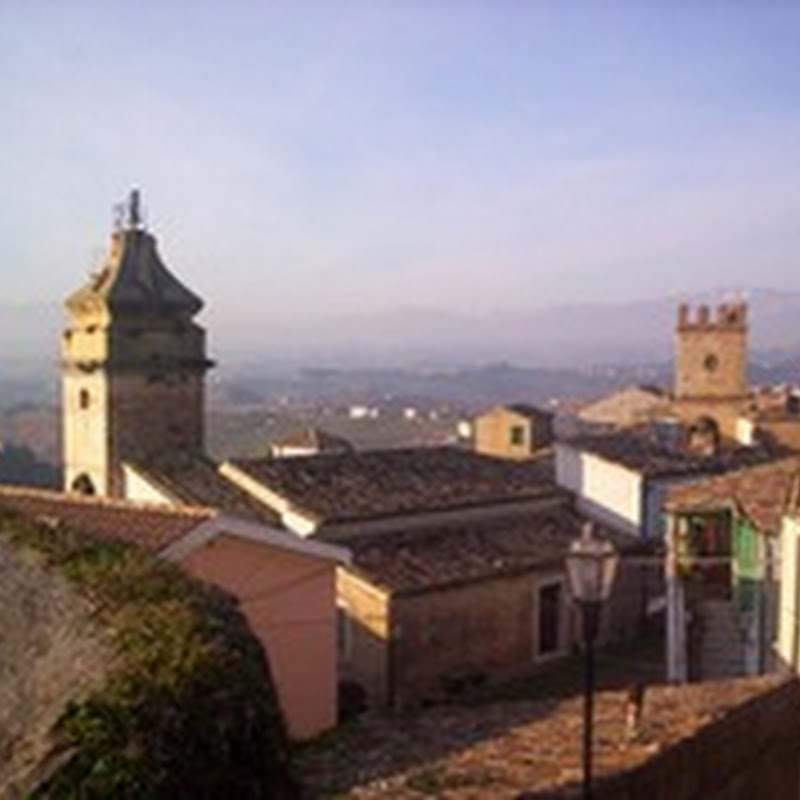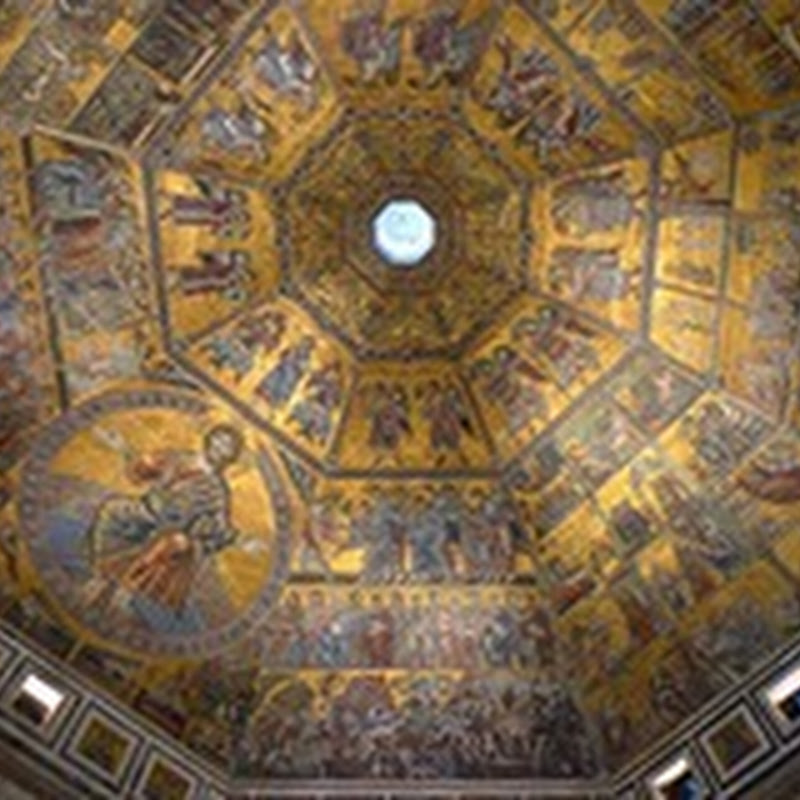 Santa Maria Novella is a church in Florence, Italy, situated just across from the main railway station which shares its name. Chronologically, it is the first great basilica in Florence, and is the city's principal Dominican church.
Santa Maria Novella is a church in Florence, Italy, situated just across from the main railway station which shares its name. Chronologically, it is the first great basilica in Florence, and is the city's principal Dominican church.The church, the adjoining cloister, and chapterhouse contain a store of art treasures and funerary monuments. Especially famous are frescoes by masters of Gothic and early Renaissance. They were financed through the generosity of the most important Florentine families, who ensured themselves of funerary chapels on consecrated ground.
This church was called Novella (New) because it was built on the site of the 9th-century oratory of Santa Maria delle Vigne. When the site was assigned to Dominican Order in 1221, they decided to build a new church and an adjoining cloister. The church was designed by two Dominican friars, Fra Sisto Fiorentino and Fra Ristoro da Campi. Building began in the mid-13th century (about 1246), and was finished about 1360 under the supervision of Friar Iacopo Talenti with the completion of the Romanesque-Gothic bell tower and sacristy. At that time, only the lower part of the Tuscan gothic facade was finished.
The three portals are spanned by round arches, while the rest of the lower part of the facade is spanned by blind arches, separated by pilasters, with below Gothic pointed arches, striped in green and white, capping noblemen's tombs. This same design continues in the adjoining wall around the old churchyard. The church was consecrated in 1420.

On a commission from Giovanni di Paolo Rucellai, a local textile merchant, Leone Battista Alberti designed the upper part of the inlaid black and white marble facade of the church (1456–1470). He was already famous as the architect of the Tempio Malatestiano in Rimini, but even more for his seminal treatise on architecture De Re Aedificatoria, based on the book De Architectura of the classical Roman writer Vitruvius. Alberti had also designed the facade for the Rucellai Palace in Florence.
Alberti attempted to bring the ideals of humanist architecture, proportion and classically-inspired detailing, to bear on the design while also creating harmony with the already existing medieval part of the facade. His contribution consists of a broad frieze decorated with squares and everything above it, including the four white-green pilasters and a round window, crowned by a pediment with the Dominican solar emblem, and flanked on both sides by enormous S-curved volutes. The four columns with Corinthian capitals on the lower part of the facade were also added. The pediment and the frieze are clearly inspired by the antiquity, but the S-curved scrolls in the upper part are new and without precedent in antiquity. The scrolls (or variations of them), found in churches all over Italy, all find their origin here in the design of this church.

Custom Search
If you liked this article, subscribe to the feed by clicking the image below to keep informed about new contents of the blog:



















0 commenti:
Post a Comment